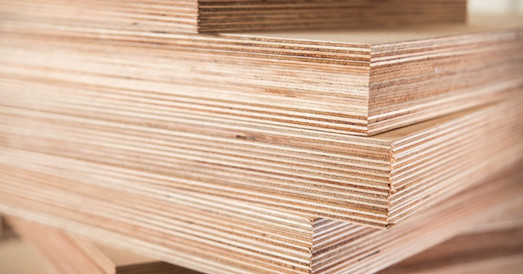The versatility of plywood means that it’s perfect for a wide range of jobs, both indoors and outdoors, structural and non-structural. Of course, not all ply is created equal, and there are a number of factors you have to take into account before you set out on a project.
Picking the right ply
When it comes to choosing the right ply, you need to think about the kind of bond quality required and how well the wood can resist factors including rot and woodworm, the technical term for this is its Biological Durability. The standard which takes into account these two factors is known as EN 636: 2003 and is split into three classifications:
- EN636-1: suitable for dry interior use only
- EN636-2: suitable for use in humid areas or exposure to occasional wetting
- EN636-3: suitable for unprotected exterior use or exposure to frequent wetting
In the UK most of the ply sold will achieve the EN636-2 classification. However, it’s always worth double checking with your local builders’ merchant to make sure you’re using a ply that will work best for your build.
Structural vs non-structural
It’s not just environmental conditions you need to consider when picking your ply. You also need to think about the end use of the product as ply is further classified by structural and non-structural.
Structural plywood has proof of strength performance provided by the manufacturer, in addition to other product performance information.
Non-structural plywood also has product performance information provided by the manufacturer, but this will not include strength performance data. As such, any plywood that does not come with this data should not be used in a structural application.
How do you tell your structural from your non-structural? There’s a simple rule of thumb; if it’s got the letter S at the end then it’s perfect for structural use, whereas if the numbers are followed by NS it means non-structural.
In summary
Selecting a ply that can withstand the environmental and biological risks on your site and perform as it should is key to a successful installation. It’s definitely not a case of one size fits all. Here are some top tips to make sure it lasts as long as possible:
- Always seal the edges of your ply to minimise risk of water absorption
- Chamfer, bevel or round the top and bottom edges to help shed any water
- Leave expansion gaps around panel edges to limit buckling and leave room for clearance points at joists
If you have questions on using ply in outdoor applications, visit your local Jewson branch for advice or click here for our range of ply.



